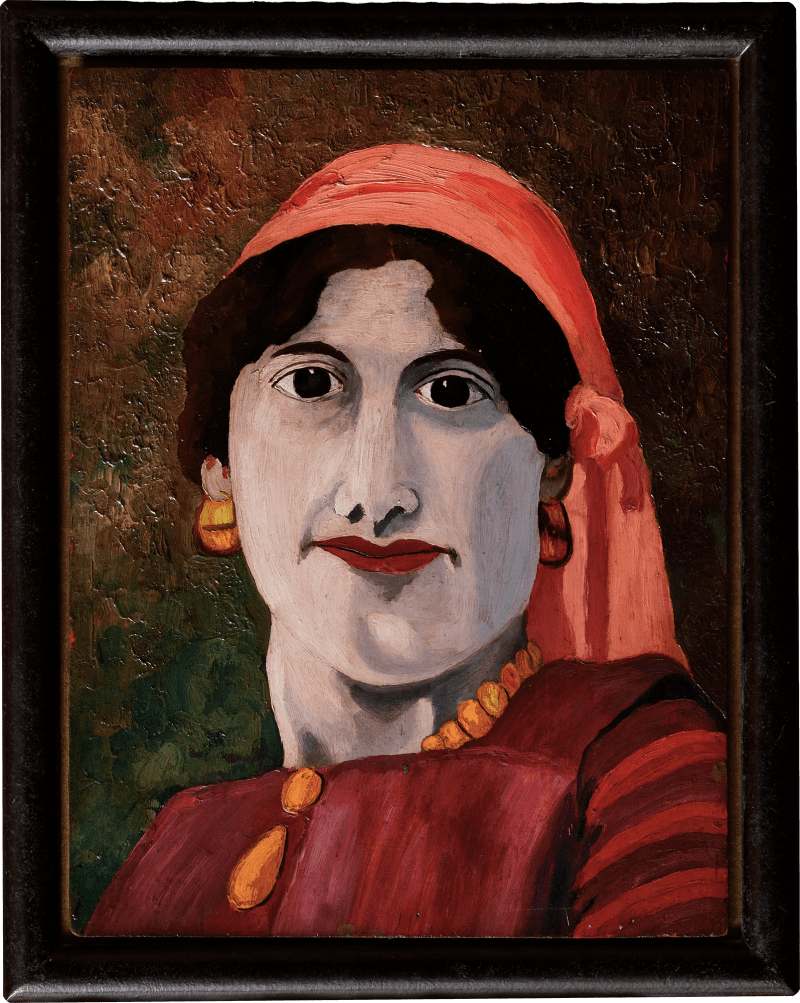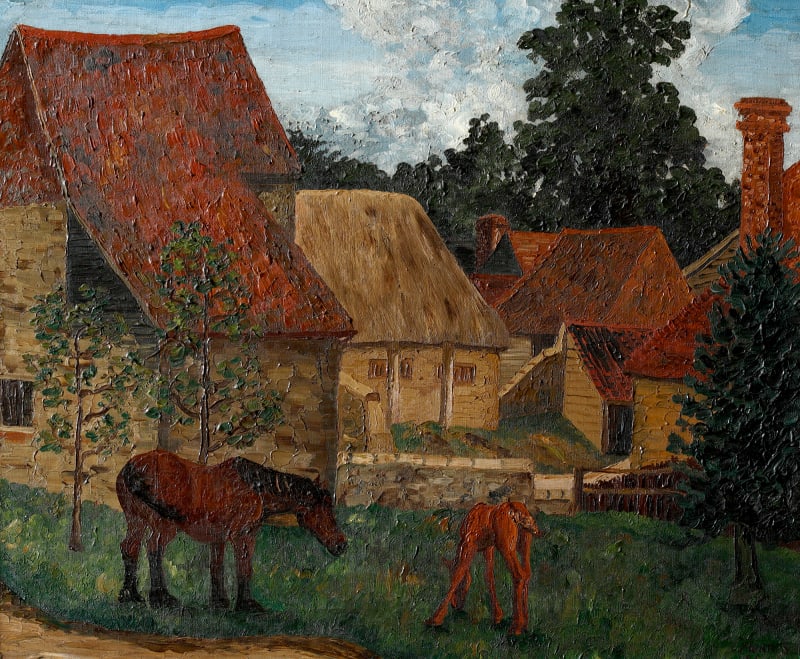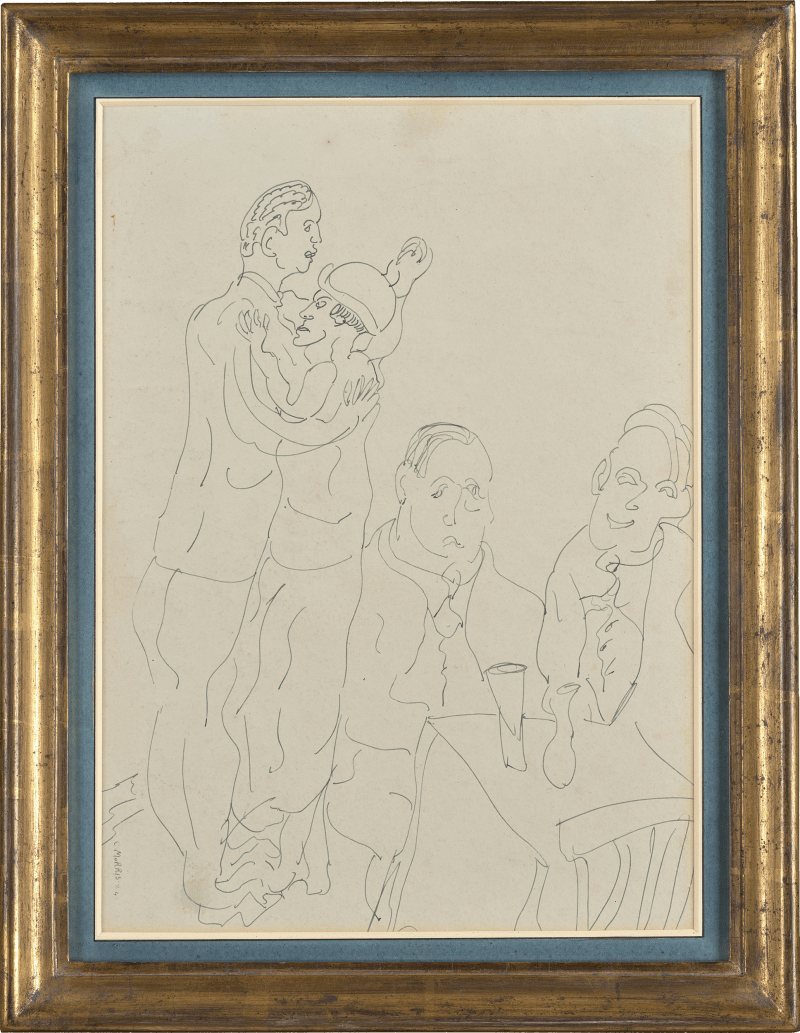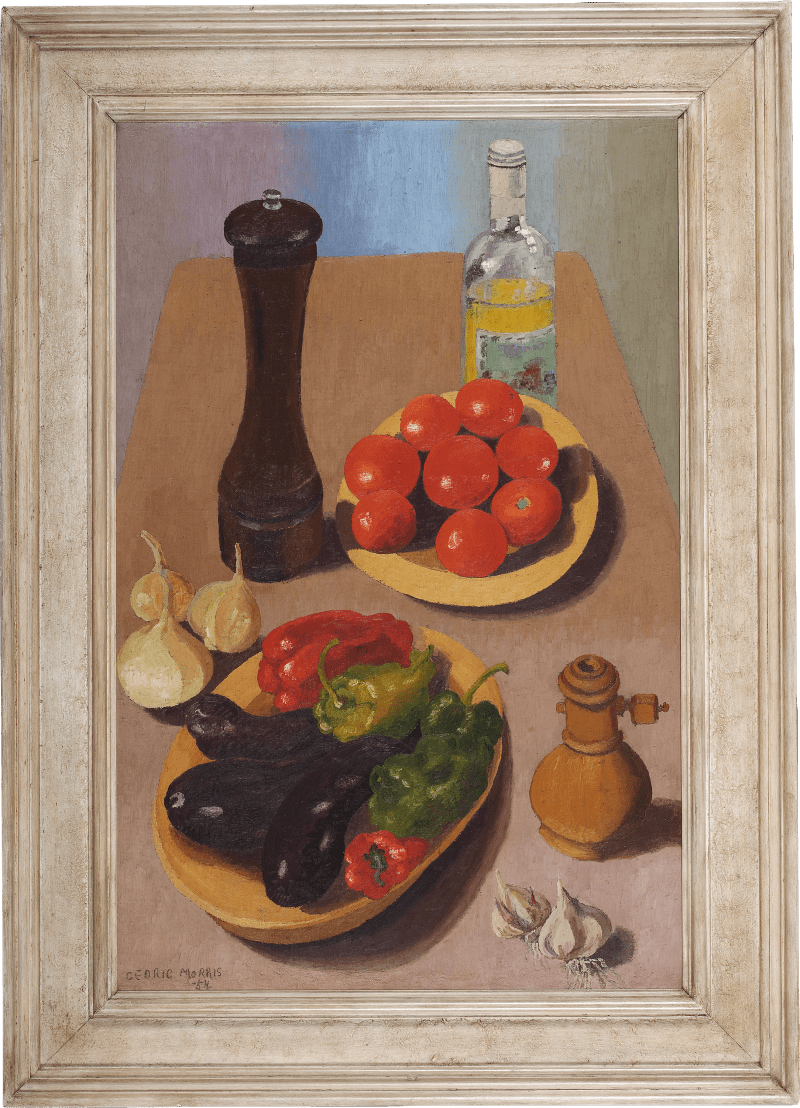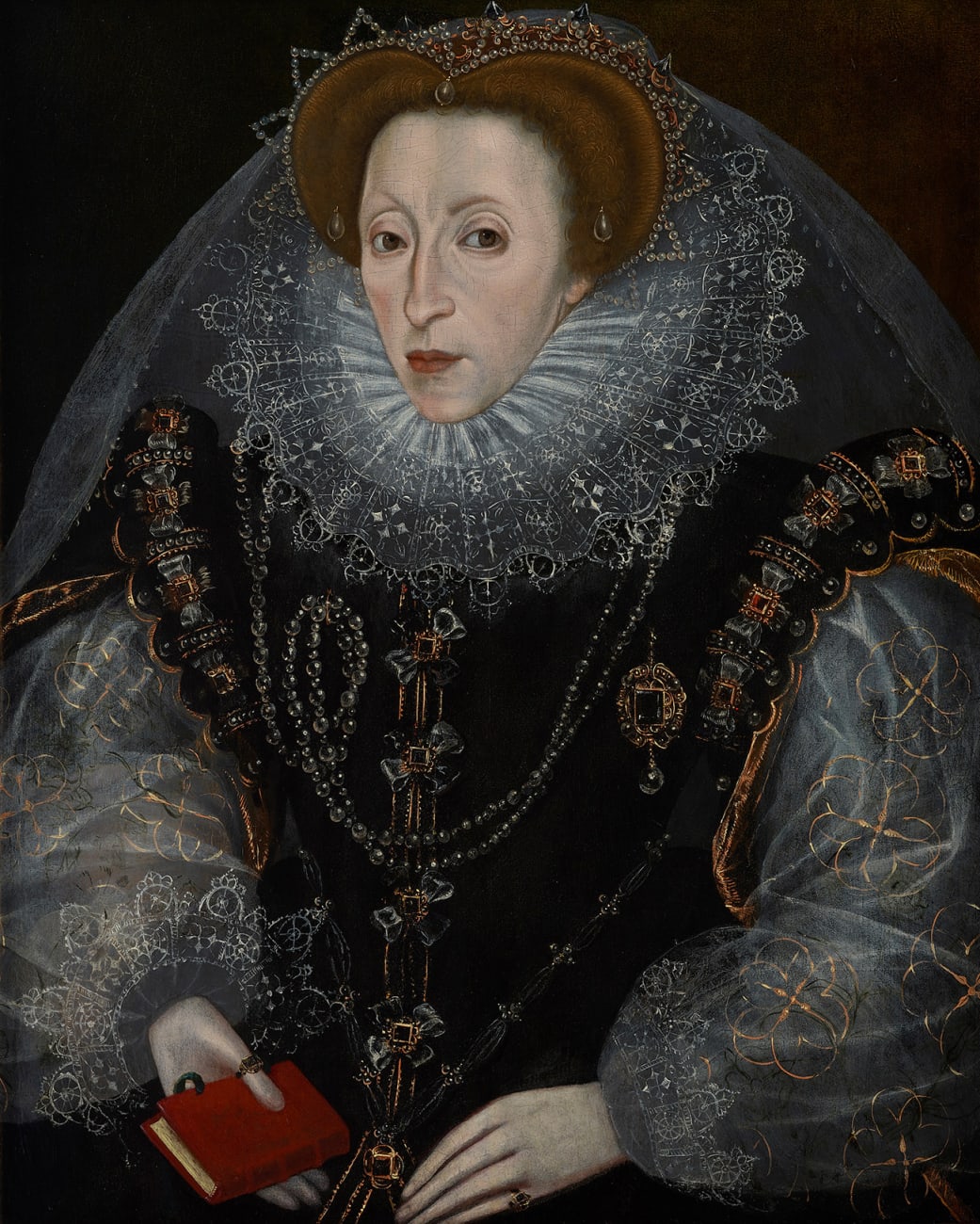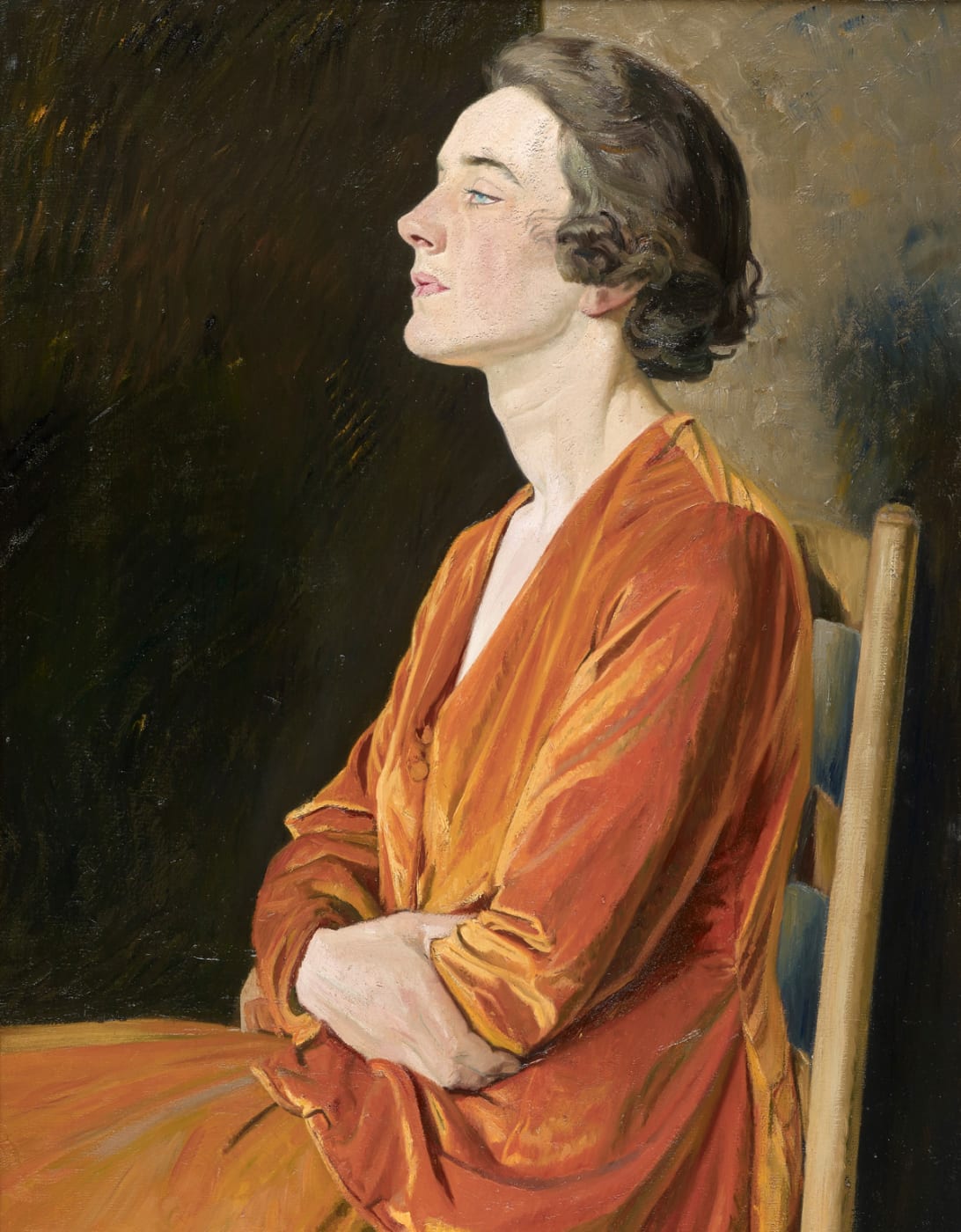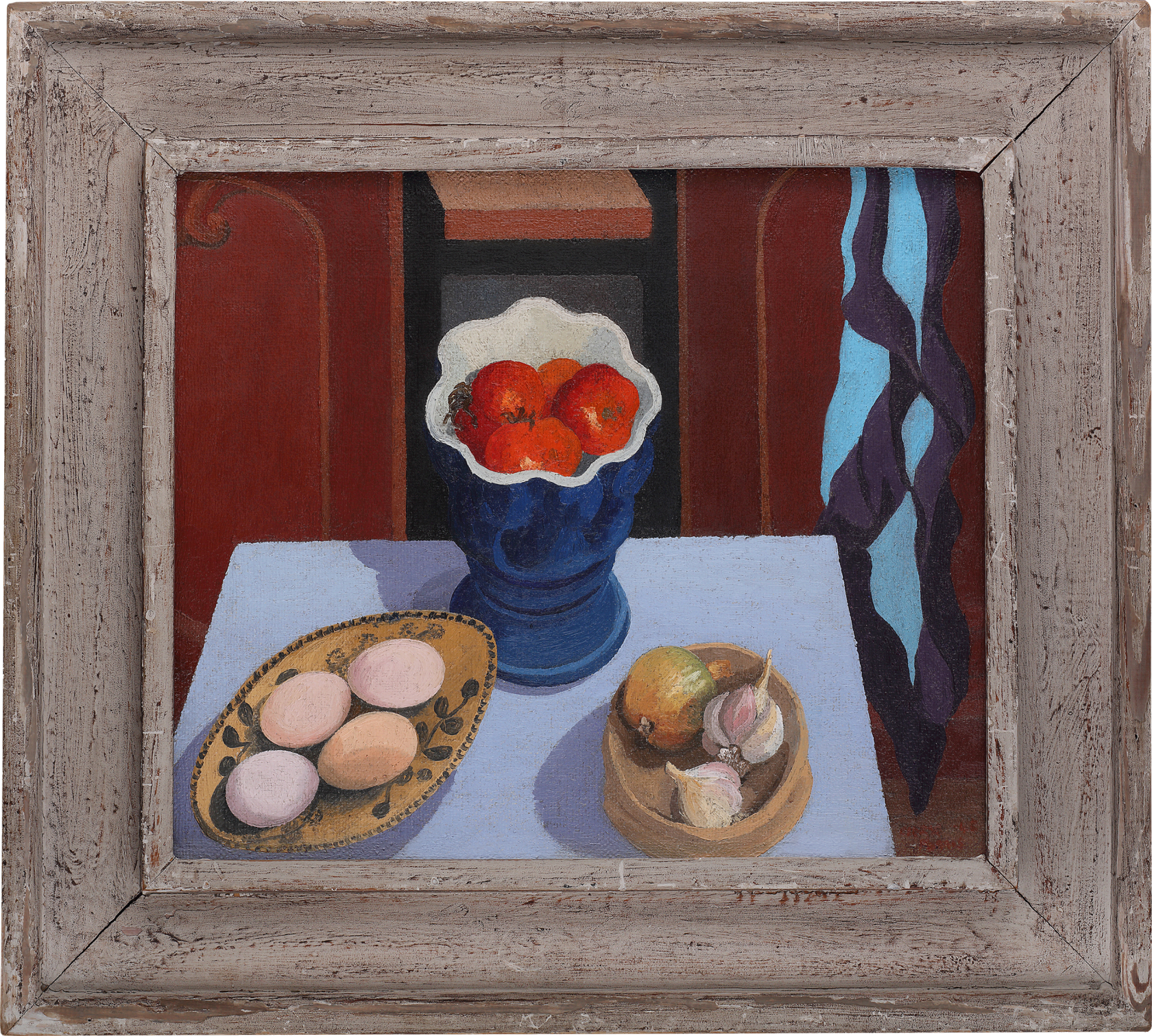

Cedric Morris
(1889-1982) Little HarvestProvenance
Philip Mould & Company, London, acquired from the above, 2024
Exhibitions
Philip Mould Gallery, London, Garden to Canvas: Cedric Morris and Benton End, 18 May – 20 June 2025.
Cedric Morris and his partner Arthur Lett-Haines cultivated a lifestyle where art, travel, food, and horticulture intertwined, fostering creativity and community. This domestic composition, depicted in vibrant colours with a deliberate eschewal of traditional linear perspective, reflects their commitment to blending artistic practice with everyday life, where the boundaries between the canvas, the kitchen, and the garden dissolved. This work was previously in the collection of Anne Coghill, a student at Morris and Lett-Haines’s art school, the East Anglian School for Painting and Drawing at Benton End.
The table, depicted in cool tones, tilts forward, toppling the viewer into the slightly distorted kitchen scene. The strong shadows of the pots and bowls create a distinctly modern impression, furthered by the slightly surreal tea towel hanging loosely in the background. In the 1940s, Morris was pushing the boundaries of perspective and many of his works from this period evoke a subtle sense of the uncanny.
It was painted during the Second...
Cedric Morris and his partner Arthur Lett-Haines cultivated a lifestyle where art, travel, food, and horticulture intertwined, fostering creativity and community. This domestic composition, depicted in vibrant colours with a deliberate eschewal of traditional linear perspective, reflects their commitment to blending artistic practice with everyday life, where the boundaries between the canvas, the kitchen, and the garden dissolved. This work was previously in the collection of Anne Coghill, a student at Morris and Lett-Haines’s art school, the East Anglian School for Painting and Drawing at Benton End.
The table, depicted in cool tones, tilts forward, toppling the viewer into the slightly distorted kitchen scene. The strong shadows of the pots and bowls create a distinctly modern impression, furthered by the slightly surreal tea towel hanging loosely in the background. In the 1940s, Morris was pushing the boundaries of perspective and many of his works from this period evoke a subtle sense of the uncanny.
It was painted during the Second World War, at a time of global upheaval, although this work celebrates life’s seemingly simple sensory pleasures. The Mediterranean ingredients – tomatoes, and garlic – are particularly striking in this context. With wartime rationing and supply limitations, such items were not widely accessible in Britain, making their inclusion a subtle statement of resilience in the face of scarcity. Morris’ partner, Lett-Haines was an early champion of European cooking at a time when British taste mainly consisted of roasted meats and boiled potatoes.
Lett-Haines was the keen cook of the household and provided for Morris and all the students in attendance at their art school using fresh, good quality ingredients, many of which would have been grown by Morris in the garden. The gardener Beth Chatto recalled the domestic and professional dynamics between Morris, Lett-Haines and their students around the production of meals:
‘He [Lett-Haines] ran the household. I doubt if Cedric could boil an egg. […] [Lett] cooked for the students, who were of all ages and from all walks of life, and for numerous visitors, complaining eloquently as he stirred the pot with one hand, a glass of wine in the other, producing at the end of it memorable dishes.’[1]
[1] Beth Chatto, (2017) Benton End Remembered. London: Unicorn Press, pp.87-88.



